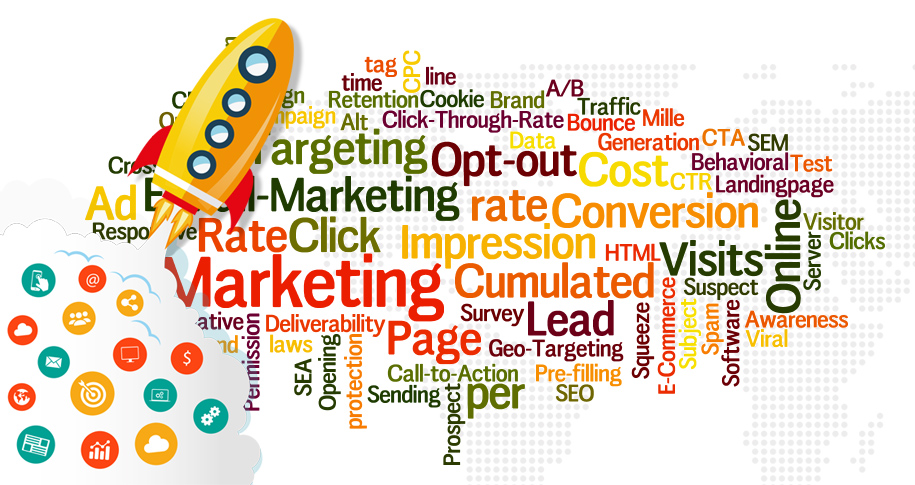What Is a Jump PageWhat Is a Jump Page?
A jump page is a... More?
A jump pageWhat Is a Jump Page?
A jump page is a... More is a type of landing pageWhat Is a Landing Page?
A landing pag... More designed to guide visitors to another page or website. Often used in marketing campaigns, it acts as an intermediary, providing specific information or calls to action that encourage users to take the next step, such as clicking a link, making a purchase, or filling out a form.
Why Are Jump Pages Important?
- Targeted User Experience
- Jump pages are tailored to specific campaigns or audiences, delivering focused messaging.
- Example: A social mediaDefinition
Brand awareness is the ext... More ad might lead to a jump pageWhat Is a Jump Page?
A jump page is a... More with details relevant to that audience segment.
- Increased Conversions
- By reducing distractions and directing visitors toward a single action, jump pages help improve conversion rates.
- Example: Directing users to a product page with a special offer.
- Enhanced AnalyticsDefinition
Analytics refers to the sy... More- Marketers can track the effectiveness of campaigns by monitoring user behavior on jump pages.
- Metrics like click-through rates and bounce rates provide valuable insights.
- Improved Campaign Performance
- Jump pages ensure consistency between the ad content and the user’s destination, minimizing confusion and drop-offs.
Best Practices for Creating a Jump PageWhat Is a Jump Page?
A jump page is a... More
- Clear and Compelling Headlines
- Use concise, attention-grabbing headlines that communicate the page’s purpose.
- Focused Content
- Provide only the information necessary to guide users to the next step.
- Avoid clutter and distractions.
- Strong Call-to-Action (CTA)
- Ensure the CTA stands out visually and uses action-oriented language.
- Example: “Claim Your Discount Now” or “Learn More.”
- Mobile Optimization
- Fast Loading Times
- Optimize the page for speed to reduce bounce rates and improve user satisfaction.
When to Use Jump Pages
- Email Campaigns
- Social MediaDefinition
Brand awareness is the ext... More Ads- Create jump pages tailored to the audience and messaging of specific ads.
- Product Launches
- Event Promotions
- Guide users to sign-up forms or detailed event pages.
Conclusion
Jump pages are an essential tool for guiding users through the customer journey. By delivering focused messaging and encouraging action, they help maximize the effectiveness of marketing campaigns and drive conversions.
